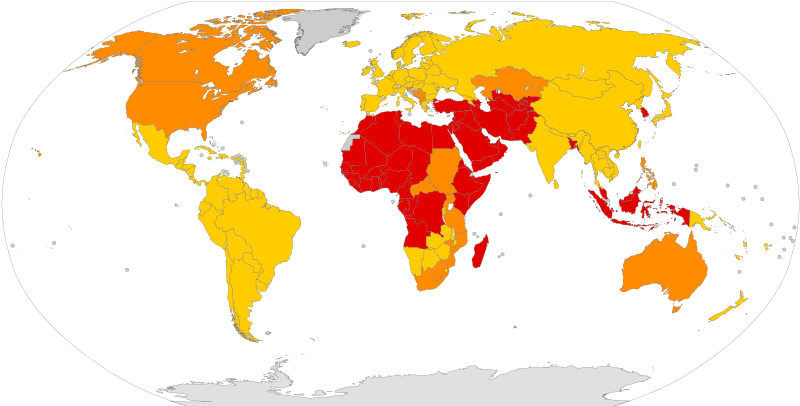News
Danish research: circumcision can damage male urinary tract
This article is more than 8 years old.
The circumcised have a higher risk of developing meatus stenosis, an abnormal narrowing of the urethral opening

Some 2,000 boys are circumcised in Denmark every year (photo: Cheskel Dovid)
New research from Denmark shows that circumcised boys have a higher risk of developing urinal tract issues – particularly meatus stenosis, an abnormal narrowing of the urethral opening.
According to the research, compiled by Morten Frisch and Jacob Simonsen from the State Serum Institute (SSI), circumcised boys have a 26 times higher chance of developing meatus stenosis than uncircumcised boys.
“It’s the first time someone has systematically followed up on circumcised boys many years after they’ve been circumcised,” Frisch told Videnskab.dk.
“Our work challenges the dogma that circumcision is just a little pinch to the penis that rarely brings about negative consequences. Thanks to clinical studies in the US and Iran, among others, you can deduce that one out of every five circumcised boys will develop a narrowing of their urinal tract.”
The research is based on data from the national patient registry, CPR registry and health insurance registry in Denmark between the years 1977 and 2013.
READ MORE: All male circumcisions in Denmark must be registered
Meaty story
The narrowing makes it more difficult to urinate and ultimately leads to urinary tract infections, kidney problems and the need for an operation.
Circumcision has been a hot potato in Denmark in recent years, and since January 1 all circumcisions of baby boys must be reported to the National Patient Registry – regardless of whether they are performed at a clinic or home.
The doctors’ association Lægeforeningen refers to circumcision without a medical reason as being “ethically unacceptable”, unless the individual being circumcised has given their consent themselves.
Despite this, the health authority estimated in 2013 that upwards of 2,000 boys are ritually circumcised in Denmark every year.
The findings have been published in the scientific journal The Surgeon.











































